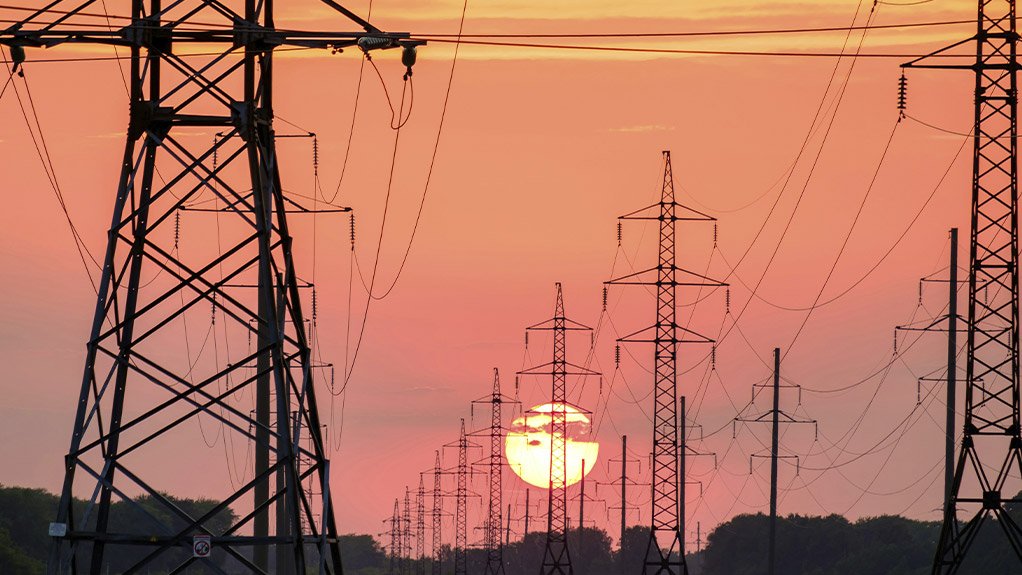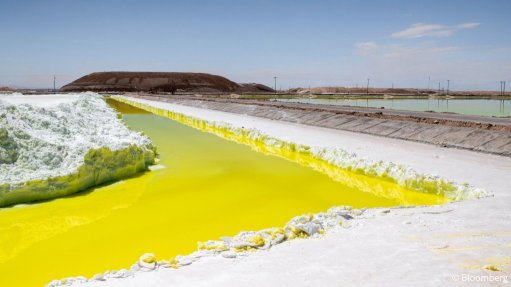The electrification of rural West Africa – a conundrum of sorts
This article has been supplied.
By Teina Teibowei, Commercial Lead, Microgrid, Power & Grid Business Segment at Schneider Electric
West Africa’s socioeconomic development relies heavily on access to reliable and affordable energy. Nigeria, for example, is currently grappling with a severe shortage of access to energy. In fact, according to recent statistics and with a population exceeding 200 million, only six percent of the country’s rural population has access to electricity.
Moreover, of the 60% of Nigerians that do have electricity, many face constant, unpredictable supply with load shedding lasting hours on end. It is a reality that is disheartening and impacts both urban and rural communities.
The good news is substantial investment is underway to stabilise and extend Nigeria’s energy supply. In December 2023, the World Bank approved the Nigeria Distributed Access through Renewable Energy Scale-up (DARES) project, funded by the International Development Association (IDA), private capital and development partners.
The DARES project aims to provide over 17.5 million Nigerians with new or improved access to electricity through distributed renewable energy solutions. Beyond immediate electrification, DARES promises a ripple effect across various sectors, stimulating economic growth, improving health and education, and promoting climate action.
Overcoming resistance
Whilst the above is undoubtedly encouraging, significant challenges remain in unlocking the full potential of rural electrification. Beyond the technical hurdles, one crucial obstacle lies in overcoming resistance access to energy.
The high tariffs associated with electricity use in rural areas pose a significant barrier. In communities with limited economic opportunities, even basic lighting can be prohibitively expensive, discouraging adoption. This is further compounded by the low energy consumption patterns in these communities, characterised by single lights and sockets in homes. Investors, wary of low returns, are hesitant to allocate resources to such areas.
Rural electrification requires not only infrastructure development but also innovative solutions. It is crucial to create economic activities that encourage and demonstrate the value of electricity. Communities accustomed to living without electricity may initially resist its use, requiring a shift in mindset.
Practical, sustainable answers
As an example, in my village, which primarily consists of fishermen, introducing electricity leads to a fair question; "what will we do with it?" Here, it is important to clearly emphasise how energy is a vital part of growing the local economy.
By providing access to electricity, fishermen can utilise freezers to preserve their catch for longer, enabling them to sell more and earn higher incomes. Similarly, for women engaged in agriculture and grain milling, the introduction of electricity-powered milling machines can significantly improve efficiency. This not only allows for faster production but also reduces the need to travel to other villages for milling, saving time and energy.
The key is to align electrification efforts with economic opportunities that resonate with the community. Demonstrating how electricity can improve livelihoods and bring tangible benefits fosters a shift in perception. Instead of viewing it as a mere corporate social responsibility (CSR) or government initiative, communities begin to recognise electricity as an essential service that holds value, one that they are willing to pay for.
This approach not only fosters acceptance but also ensures a more sustainable and mutually beneficial integration of electricity into the daily lives of rural communities. By addressing affordability concerns, creating economic opportunities, and fostering a culture of energy consumption, we can unlock the true potential of rural electrification in West Africa, empowering communities and lighting the way for a brighter future.
Article Enquiry
Email Article
Save Article
Feedback
To advertise email advertising@creamermedia.co.za or click here
Press Office
Announcements
What's On
Subscribe to improve your user experience...
Option 1 (equivalent of R125 a month):
Receive a weekly copy of Creamer Media's Engineering News & Mining Weekly magazine
(print copy for those in South Africa and e-magazine for those outside of South Africa)
Receive daily email newsletters
Access to full search results
Access archive of magazine back copies
Access to Projects in Progress
Access to ONE Research Report of your choice in PDF format
Option 2 (equivalent of R375 a month):
All benefits from Option 1
PLUS
Access to Creamer Media's Research Channel Africa for ALL Research Reports, in PDF format, on various industrial and mining sectors
including Electricity; Water; Energy Transition; Hydrogen; Roads, Rail and Ports; Coal; Gold; Platinum; Battery Metals; etc.
Already a subscriber?
Forgotten your password?
Receive weekly copy of Creamer Media's Engineering News & Mining Weekly magazine (print copy for those in South Africa and e-magazine for those outside of South Africa)
➕
Recieve daily email newsletters
➕
Access to full search results
➕
Access archive of magazine back copies
➕
Access to Projects in Progress
➕
Access to ONE Research Report of your choice in PDF format
RESEARCH CHANNEL AFRICA
R4500 (equivalent of R375 a month)
SUBSCRIBEAll benefits from Option 1
➕
Access to Creamer Media's Research Channel Africa for ALL Research Reports on various industrial and mining sectors, in PDF format, including on:
Electricity
➕
Water
➕
Energy Transition
➕
Hydrogen
➕
Roads, Rail and Ports
➕
Coal
➕
Gold
➕
Platinum
➕
Battery Metals
➕
etc.
Receive all benefits from Option 1 or Option 2 delivered to numerous people at your company
➕
Multiple User names and Passwords for simultaneous log-ins
➕
Intranet integration access to all in your organisation





















